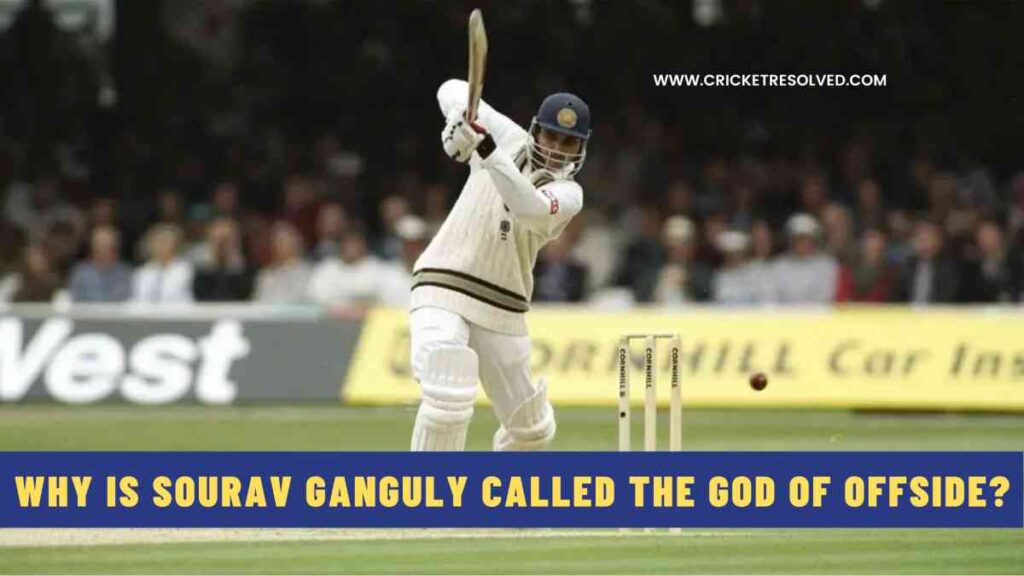This English game has been popular throughout the world for more than a century, and it may be India’s favourite sport. When a cricket fan’s side wins a game, there are few emotions that can be compared to the thrilling exhilaration they experience.
It is typical to witness groups of cheering fans dancing or jumping up and down in front of the TV. The majority of these fanatics would fervently declare that cricket is even their religion!
In this article, we’ll go through the history of cricket, including its origin and evolution over time.
Origin of Cricket
Cricket originated in rural England, where farmers and shepherds would play for enjoyment. Two youths were reported as playing “creckett” on a piece of land in Surrey in a court case from 1598. The game evolved and became more popular over time; structured matches first arose in the 17th century.
Cricket underwent substantial modifications during the 18th century and began to emerge as an acknowledged sport. The Marylebone Cricket Club (MCC), founded in 1787, was instrumental in establishing the game’s rules and regulations. The MCC had a significant impact on how cricket is played today.
Also Read: A Beginner’s Guide to Understanding Cricket
Origin of Cricket in India
The British brought cricket to India. Only British citizens initially participated in the game. It later became ingrained in Indian society as a result of the support it received from the ruling class and royal homes.
Cricket gained popularity in Bombay, Calcutta, and Madras by the start of the 19th century. In 1902–03, a team from England visited India. Maharaja Bhupinder Singh of Patiala led an All-India team on a 1911 trip to England.
Near the end of 1928, the Indian Cricket Control Board was established. The national Ranji Trophy championship started in 1935 thanks to the efforts of various Indian princes, including H.E. Grant Goven and A.S. De Mellow. India made its international debut in 1932 and faced England in its first Test match.
In the interim, Prince Ranjit Singhji of Nawanagar, who had gone to England for further study, made a name for himself in the sport of cricket. He was an English player, yet he is revered as the founder of Indian cricket. India’s national cricket tournament, the Ranji Trophy, was named in his honour and will live on forever.
Also Read: India’s Domestic Cricket Structure – Explained
Establishments
Cricket’s popularity in England and the British Empire as a whole skyrocketed during the nineteenth century. The game involved Australia, India, South Africa, and the West Indies. England and Australia played the first Test match, which was formally recognised as an international cricket match, in 1877.
Cricket gained popularity in the early twentieth century, culminating in the formation of the International Cricket Council (ICC) in 1909. The ICC, which was established as the governing body for international cricket, was critical in organising competitions and preserving the spirit of the game.
Cricket has seen many advancements and changes over the years. The advent of limited-overs cricket in the 1960s was one of the most significant advancements. Limited-overs contests, also known as one-day internationals (ODIs), offered the game a new dimension by focusing on shorter, more intense encounters.
Cricket has experienced even more turmoil in the twenty-first century. The introduction of Twenty20 (T20) cricket altered the game by introducing a faster and more exciting format. T20 events such as the Indian Premier League (IPL) and the Big Bash League (BBL) have grown in popularity, attracting spectators from all over the world.
Also Read: How Does the IPL Auction Work? – Explained
Cricket has embraced technological innovations in order to improve the game. The Decision Review System (DRS) allows teams to challenge on-field judgments, making the game more accurate and equal.
Cricket is now played at many different levels, ranging from small club competitions to international championships. Test cricket is considered the pinnacle of the sport and the best format for assessing a team’s talent and stamina. One-Day Internationals and Twenty20 matches continue to draw large crowds as players demonstrate their ability on a worldwide stage.
Final Thoughts
The history of cricket as a sport is fascinating, from its humble beginnings to its current standing as a global phenomenon. Cricket has gained the hearts of both players and spectators since its humble beginnings in rural England, growing into a popular sport played by millions of people worldwide. Cricket continues to thrive and amuse fans all around the world due to its rich history and technological advancements.
Read Next: Exploring the Similarities and Differences Between Cricket and Baseball








